ECONOMY
Amid din over GM and hybrids, natural crops can help reap a rich agrarian harvest
- IBJ Bureau
- Nov 30, 2022

It has been one step forward and two steps back for
Indian genetically-modified (GM) corps. In mid-October, the Union Ministry of
Environment, Forest and Climate Change approved the environmental release or
larger field trials of Dhara Mustard Hybrid-11 (DMH-11), a hybrid variant of GM
mustard.
A week earlier, the Genetic Engineering Appraisal
Committee (GEAC) had recommended the larger field trials of the transgenic
mustard hybrid. The environment ministry’s and the GEAC’s nod for DMH-11 is a major
landmark in the country’s GM farming sector. The approvals for larger field
trials of DMH-11 have come after two decades after Bt (Bacillus thuringiensis) cotton
was permitted to be grown commercially way back in 2002. Bt cotton was and
still happens to be the only GM crop to be cultivated commercially in the
country.
The nod for DMH-11 assumes even greater significance
because it is now only a step away from getting approval for commercial
cultivation. If the GM mustard succeeds in conforming to the prescribed safety
standards in the larger field trials and gets the green light for its commercial
cultivation, it will be India’s first transgenic food crop to be grown across the
country’s fields.
The latest approval of the GEAC – the regulator of
GM crops under the Union Environment Ministry – means that DMH-11 will have to
undergo further field trials in larger designated fields across the country.
These trials will have to be done under the supervision of The Indian Council of
Agricultural Research (ICAR) – the apex body under the Union Agriculture
Ministry for coordinating, guiding and managing agricultural research and
education. The field trials will be simultaneously accompanied with
demonstration to farmers of growing the GM mustard, greater production of the
transgenic mustard seeds as well as developing newer hybrid versions, which may
provide even higher yields than those of DHM-11.
But the Indian GM revolution, which had received
renewed momentum following the approval of DMH-11, has yet again been halted in
its tracks. Early in November, the Supreme Court stayed the field trials of GM
mustard and barred the cultivation of DMH-11 until it completed the hearing of
a petition against the transgenic mustard. The apex court had to dust off the
old 2005 petition, filed by Aruna Rodrigues, a leading environmental activist,
and others, after they had sought the Supreme Court’s stay on the nod for
DMH-11.
This is not the first time that a GM crop has hit a
roadblock. After the approval to grow Bt cotton in 2002, the GEAC had also
given its okay to Bollgard-II, a second-generation variety of Bt cotton. Since
then, many unsuccessful attempts have been made to launch a GM food crop in the
country.
The GEAC had approved transgenic food crop Bt
Brinjal for wider environmental release in 2009. However, the decision was
later stayed by Jairam Ramesh, the then environment minister, on grounds of
“insufficient scientific evidence about safety”. In 2017 too, the GEAC had
cleared GM mustard for larger field trials. But the process had got stalled in
the case that had been lodged in the Supreme Court in 2005. The government and
the environment ministry had not supported the case of GM mustard then. This
time around, however, the government is fully supporting the GEAC’s approval of
GM mustard. It has filed an affidavit in the Supreme Court and detailed the
processes and the safety standards involved granting the approval.
Big
breakthrough
The stay on larger field trials of DMH-11 is a temporary
setback for Deepak Pental, a renowned professor of genetics and former
vice-chancellor of the Delhi University. Mr Pental and his dedicated team of
scientists of the Centre for Genetic Manipulation of Crop Plants (CGMCP) of the
Delhi University have worked for over two decades to make the transgenic
mustard a reality.
Developing a GM variety of mustard has been quite a
challenge for genetic scientists the world over. Being a self-pollinating
plant, it is very difficult to develop hybrids of the plant with desired
qualities. As in the case of a few other plants, a mustard flower has both male
and female organs, which assist in self-pollination (transfer of pollen grains from
the male anther of a flower to the female stigma of the same flower or another
flower of the same plant) and make it difficult to undergo cross-pollination
(transfer of pollen grains from the male anther of a flower to the female
stigma of another flower of a different plant). While self-pollination
perpetuates the same traits or characteristics of the parent plant in the
offspring plant, it is cross-pollination that assists in developing hybrids with
desired traits.
Mr Pental and his team cracked the puzzle presented
by mustard by genetically modifying mustard through use of three genes – barnase,
barstar and bar – from two bacteria present in soil. The banase-barstar-bar process enabled the
scientists to cross-pollinate Indian and East European varieties of mustard and
create DMH-11, which, Mr Pental says, provides a higher yield. Mr Pental and
other scientists add that environmental release of DMH-11 can facilitate its
cross-breeding with other varieties of Indian mustard and lead to sturdier
hybrids with higher yields.
The patent on the indigenously-developed DMH-11 is
jointly held by the National Dairy Development Board (NDDB) – which was one of
the major funders of the research, apart from the Union government, and hence
the name Dhara (the popular brand of NDDB) in DMH-11 – and the Delhi University.
The public ownership of the GM mustard technology will make the seeds cheaper
when the technology is transferred to private companies for developing hybrids.
The government, which is the ultimate owner of DMH-11, will make the seeds
available at lower prices and negligible royalty, unlike the case of
multinational company (MNC) Monsanto’s Bt cotton.
Claims
& counterclaims
An indigenously-developed GM food crop – and the
country’s first one, moreover – like DMH-11 should have been a matter of pride
and celebration. Besides, it should have been in the market by now, considering
that the seed was ready by 2017. On the other hand, one can appreciate India’s
regulatory rigour for the delay in releasing the seed. However, the unfortunate
part of the story is that DMH-11 has turned out to be a seed of strife between
scientists and environmental activists. Charges and counter-charges between
proponents and opponents of GM mustard have been flying thick and fast, with
some of them sadly beyond the realm of decency and reason.
Row over yield
Mr Pental and the scientists of the ICAR, who have
conducted various trials over three years, note that the transgenic mustard
seed has a 28 per cent higher yield than that of its Indian variety Varuna –
DMH-11 is an offspring of Indian parent Varuna and East European parent Early
Heera-2. They also add that the GM mustard seed performs 37 per cent better
than a few other Indian seed varieties that have undergone trials.
“Commercial use of GM mustard hybrid DMH-11 will
allow Indian mustard farmers to produce more mustard per unit area,” stresses Bhagirath
Choudhary, the founder director of the South Asia Biotechnology Centre (SABC). K
C Bansal, the secretary of the National Academy of Agricultural Sciences (NAAS),
adds: “The DMH-11 is a step forward to reduce imports and be self-reliant in
oilseed production.”
India’s average mustard yield is low at around 1.3
tonnes per hectare and has been stagnant for over two decades. Annual average domestic
consumption of edible oil – a burning issue amid high prices – is around 250
lakh tonnes, while the domestic production is about 111 lakh tonnes. So, India ends
up meeting around 56 per cent (roughly about 139 lakh tonnes) of its annual
edible oil consumption through imports. The country’s edible oil import bill in
FY22 was a whopping Rs 1,17,000 crore.
The scientists point out that the country’s rising
edible oil import bill can be slashed by improving productivity of Indian
mustard varieties by having more hybrids with high-yielding varieties from Canada,
China and European countries. They stress that the barnase-barstar-bar technology
can play a vital role in developing such newer hybrids.
But Ms Rodrigues, the petitioner against GM crops in
the Supreme Court, disagrees with the scientists’ views. “India’s best
varieties and non-GMO hybrids outperform DMH-11 hands down. Therefore, this GM
mustard fails the first test of a GMO (genetically-modified organism) risk
assessment protocol, which is of need. There is no point to this mustard,” she
adds.
Ms Rodrigues also wonders how the GM mustard can
bring down India’s edible oil import bill when mustard oil imports in the form
of canola oil – a healthier version of mustard oil – from Canada and rapeseed
oil – mustard is a major variety of the rapeseed family – from a few other
countries make up less than 2 per cent of India’s total edible oil imports.
On the face of it, Ms Rodrigues’ assertion is spot
on as imports of mustard oil equivalents are minuscule. But a deeper probe
shows that the scientists are certainly not way off the mark. Mustard oil
accounts for around 25 per cent of the total domestic edible oil production,
while its domestic consumption is about 12 per cent. Moreover, India is the
world’s third-largest producer of mustard seeds and the second-largest exporter
of mustard seeds and mustard oil. So, higher yields of mustard can help in
earning more foreign exchange through exports and indirectly reduce the import
bill.
Meanwhile, a rather excessive stress on GM mustard
to solve India’s edible oil deficit is too far-fetched. It is not the venerable
scientists pushing this idea. The culprit here is the media, as usual blowing
any little detail out of proportion. There is need for a multi-pronged strategy
instead to boost oilseeds production, and GM crops can play a role here. The
Centre’s National Mission on Oilseeds and Oil Palm is the right way forward.
Besides, efforts must be made to develop many local varieties of oilseeds and
other crops as environmentalists rightly point out.
The HT bogey
The second objection to the GM mustard is related to
the bar gene used in it. Green activists claim that the bar gene makes DMH-11
tolerant or resistant to a herbicide (a chemical used to destroy plants,
especially weeds) called glufosinate-ammonium. They argue that the GM mustard
is a herbicide-tolerant (HT) crop and poses potential risks.
According to them, the HT DMH-11 can cause serious
effects on human health. They allege that the GM crop has not been studied for the
risks it will cause to human health. “There has been active fudging of data and
a wholesale deviation from scientific norms in the field testing, from which no
meaningful conclusions can be drawn,” accuses Ms Rodrigues.
The environmental activists also point out that when
farmers are permitted to use DMH-11, they will have to spray glufosinate-ammonium.
This will result in killing the weeds and other non-GM crops, including non-GM
mustard, growing near the GM mustard. This happens because the bar gene
eliminate all crops, including weeds, that do not have bar gene in them (in
other words, non-GM crops), leaving the fields standing with only the GM
mustard crop.
The Swadeshi Jagran Manch (SJM), a sister
organisation of the Rashtriya Swayamsevak Sangh (RSS) – the ideological
fountainhead of the Bharatiya Janata Party (BJP), which heads the current
government as the Centre – is also in the forefront of opposition to GM crops.
The SJM is particularly opposed to the HT GM crops, which, it believes, will
result in farmers using chemical herbicides instead of manual labour to
eliminate weeds and lead to job losses in the agrarian sector.
Denying the green crusaders’ accusations, the
scientists clarify that DMH-11 has not been developed as an HT crop. They add
that the HT trait is only a selection marker or a trait used to identify the crops
or the DMH-11 in this case. They point out that glufosinate-ammonium is used in
a limited quantity during the seed production phase to isolate the GM mustard from
other non-GM varieties of mustard.
The scientists and the GEAC have “recommended the usage
of any formulation of herbicide exclusively for hybrid seed production and not
for cultivation in farmers’ fields under any situation”. In other words,
herbicides will be used only during the GM seed production stage by seed
companies. But herbicides are barred from being used by farmers during
cultivation of crops.
The scientists counter the activists on a lack of
safety studies and add that there is enough credible data that shows that
DMH-11 is safe for human, animal and plant health. “This should set doubts at
rest,” says Mr Pental, pointing to the over 4,000-page report in five
spiral-bound volumes, loaded with safety data on all requisite parameters that
his team has submitted to the GEAC.
Buzz around bees
Honeybees are another cause of concern for the
anti-GM groups. They allege that GM mustard plants will drive away bees,
prevent pollination the plants, and this could have knock-on environmental
catastrophes. And it claims that the effect of one of the genes present in the
transgenic hybrid can affect pollinators, specifically bees.
The scientists who developed the DMH-11 have
conducted repeated trials over the years and shown that there is no evidence of
a reduction of number of bees visiting GM mustard plants. Besides, there are
various studies conducted in different parts of the world, which also indicate
that bees have been flocking to both non-GM and GM plants without much
difference.
Mark Lynas, a British author and journalist focused
on environmentalism and climate, has an interesting take on the seemingly
ever-growing scepticism of green activists. Mr Lynas, who himself was an
anti-GM activist, admitted in 2013 that he was wrong in opposing GM technology.
“There is always a demand for more and more ridiculous data. Feeding studies
with 100 rats are not enough. We must have 10,000 rats! Or a million! It is
just a blocking tactic, aimed at scaring the public. GM technology is as safe
as any other form of crop breeding and probably safer,” stresses Mr Lynas.
Pollination
of ideas
Many of the health concerns flagged by environmental
activists over GM crops appear to be overblown and meaningless. According to
estimates, roughly over 190 million hectares are under various GM crops across
more than 70 countries today.
Frenzy over GM foods is also rather strange because
transgenic crops are very much a part of the Indian food chain. Much of India’s
huge imports of edible oil and other farm products are produced by GM
technology. A large portion of the country’s cottonseed oil is extracted from
transgenic Bt cotton, which makes up a mind-boggling 95 per cent of all cotton
grown in the country.
However, GM crops – only cotton in India’s case currently
– and, for that matter, a large number of so-called, high-yielding hybrid crops
have displaced landraces or local, natural crops on a very large scale. Local
crops are naturally-occurring variants of commonly-cultivated crops unlike the
crops that are developed by selective breeding (hybrids) or through genetic
engineering (GM) to express certain desired traits over the others.
Scaremongering apart, the concern voiced by
environmentalists over GM crops replacing local crops is not entirely
unfounded. An open-minded analysis of Bt cotton lays bare a bitter truth. Bt
cotton may have made India the world’s second-largest producer after China and
the second-largest exporter after the US. Domestic production of transgenic
cotton has more than quadrupled in the past two decades from 8.62 million bales
in 2002-03 to 34.10 million bales in 2021-22.
However, the impressive figures hide a very sad
story of the indigenous varieties. Just before independence, about 90 per cent
of cotton grown in India was of local varieties. The British had introduced
foreign varieties of the fibre in India. But all their efforts could do little
to shake off the supremacy of local cotton crops. But just two decades of Bt
cotton have ended up reversing the situation today. Besides, cracks have
developed in Bt cotton’s success story, with farmers complaining of new
diseases impacting the transgenic crop.
The tragedy is not limited to cotton alone. Indian
rice researchers had chronicled a whopping over 1,10,000 types of local,
indigenous rice crops in the 1950s. That number has now been miserably reduced
to a little more than 5,000 varieties. The Green Revolution of the 1960s did
turn India from a ship-to-mouth economy to an agrarian powerhouse. But that
feat was achieved at a very high cost. The hybrid varieties of rice rapidly
drove away the local crops in large numbers. These hybrids demanded more
irrigation and use of chemical fertilisers.
A recurring story of Indian agriculture since
independence has been the rapid replacement of local crops by hybrids. The proponents
of hybrids and GM crops keep on blowing the trumpet of the benefits of high
yields. But the cost of seeds and chemical fertilisers is conveniently
overlooked. The crisis in modern Indian agriculture is not just the lack of
remunerative prices for farmers’ crops but also the surging cost of farming,
worsened by the exorbitant inputs.
Farmers are able to save and reuse the seeds in the
case of organic and local crops. But the seeds of hybrid and GM varieties
cannot be saved and reused thus compelling farmers to buy new seeds for each
crop. The Protection of Plant Varieties and Farmers’ Rights Act, 2001, is
primarily designed to allow farmers to save and reuse their seeds. But the law
is rendered meaningless when the government and its enormous agencies and
research institutes are all engaged in promoting hybrids at the cost of local
crops.
Fortunately, there is a glimmer of hope in the form
of a few non-governmental organisations (NGOs) who are fighting against all
odds to promote local varieties of crops. For instance, Pune, Maharashtra-based
BAIF Development Research Foundation; Mysuru, Karnataka-based Sahaja Samrudha;
Deheradun, Uttarakhand-headquartered Navdanya – founded by fiery green activist
Vandana Shiva –and many more organisations across the country are all saving
and reviving long-forgotten landraces of various crops and promoting them among
farmers across the country.
“Biodiversity allows a natural mechanism for crops
to develop traits to face challenging situations. Genetic diversity is the nature’s
survival mechanism. However, given the large-scale human interference in crop
selection, that ability is now lost in most crops,” points out Rajashree Joshi,
the programme director of BAIF Development Research Foundation.
If NGOs with limited resources can do so much to
create seed banks of rare local crops, the government with so much of power at
its disposal can do more than paying a mere lip service to the farm sector. In
fact, landraces serve multiple objectives of expanding the food basket,
widening the biodiversity, improving socio-economic conditions of farmers as
well as mitigating climate change.
It is not the purpose here to discredit GM or hybrid
crops as they too serve some purpose. Strident views held by opposing groups
serve no purpose. It is unreasonable and unnecessary for quite a large number
of green activists to label every research work in GM and hybrid crops as
designed to serve the MNCs’ interests. Besides, fearmongering over health
effects of transgenic crops is uncalled for. Similarly, there is no point in
the government and proponents of GM technology tarnishing all environmentalists
as enemies of the country’s progress.
Landraces, GM and hybrid crops can and should
coexist for a diverse and richer agrarian economy. The government and its
agencies can certainly spare some resources and promote the landraces – which
are after all the nation’s own valuable treasure – in the same vigour and
enthusiasm as seen in GM and hybrid varieties. The nature’s wonder of
cross-pollination has facilitated in growing and sustaining this rich
biodiversity. A similar cross-pollination of diverse minds and ideas of
scientists and environmentalists can definitely make life a better place to
live.


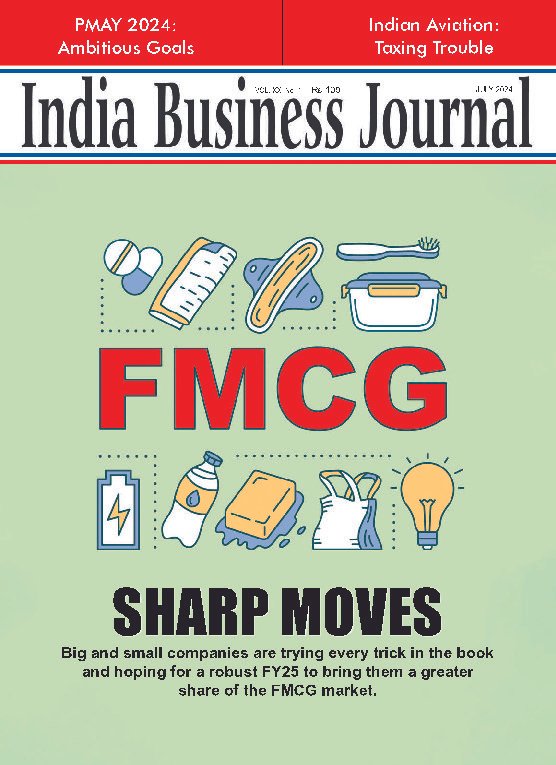

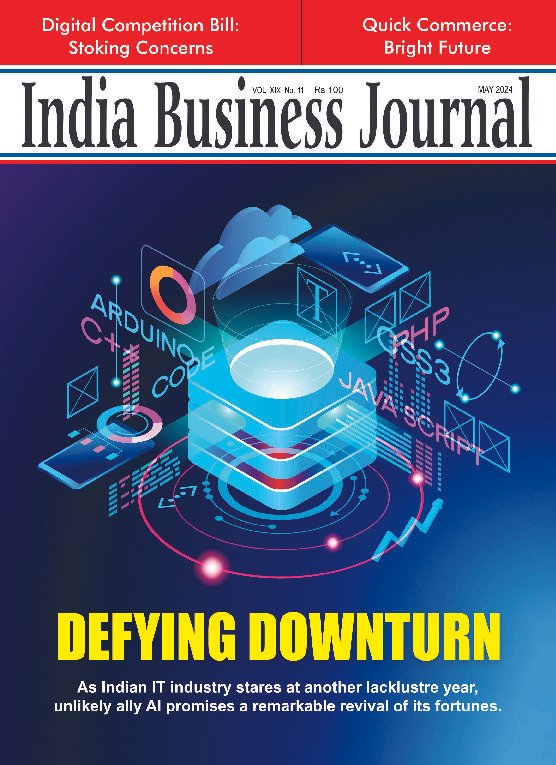

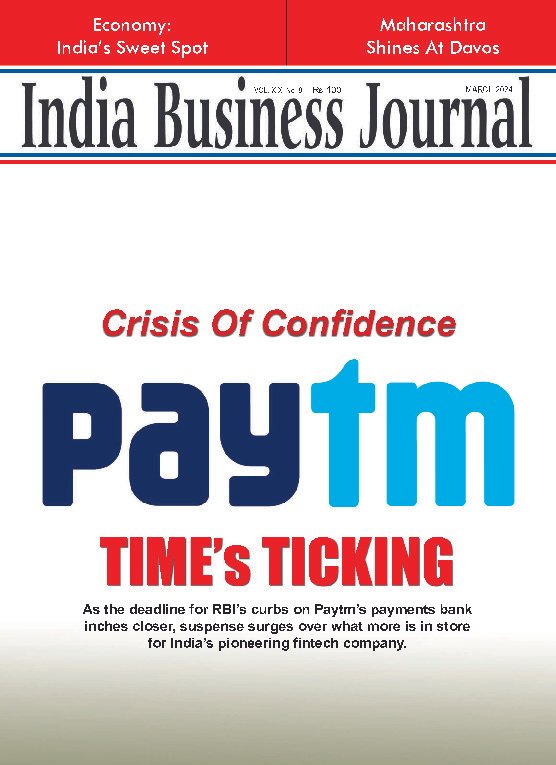








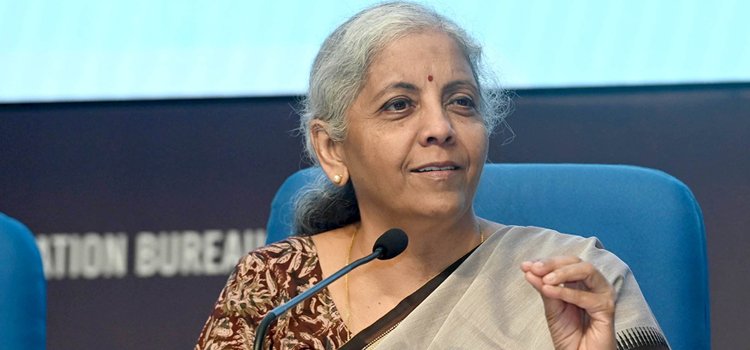
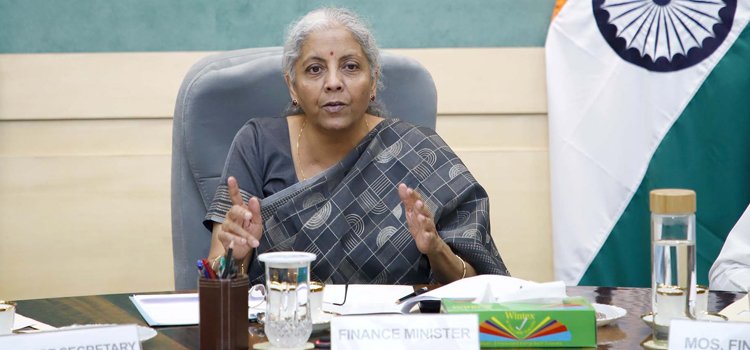

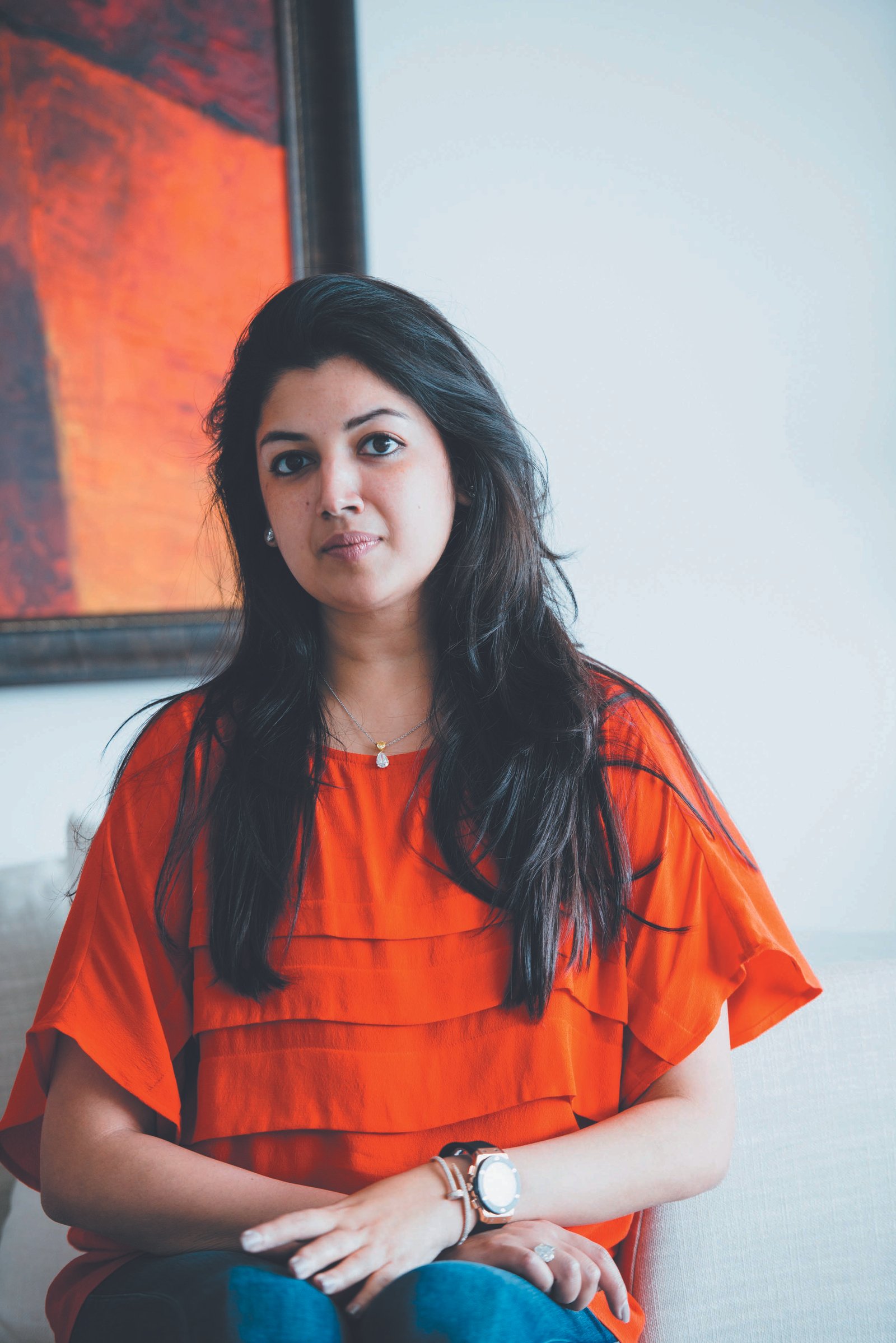
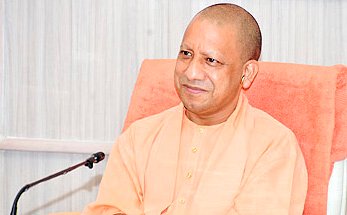

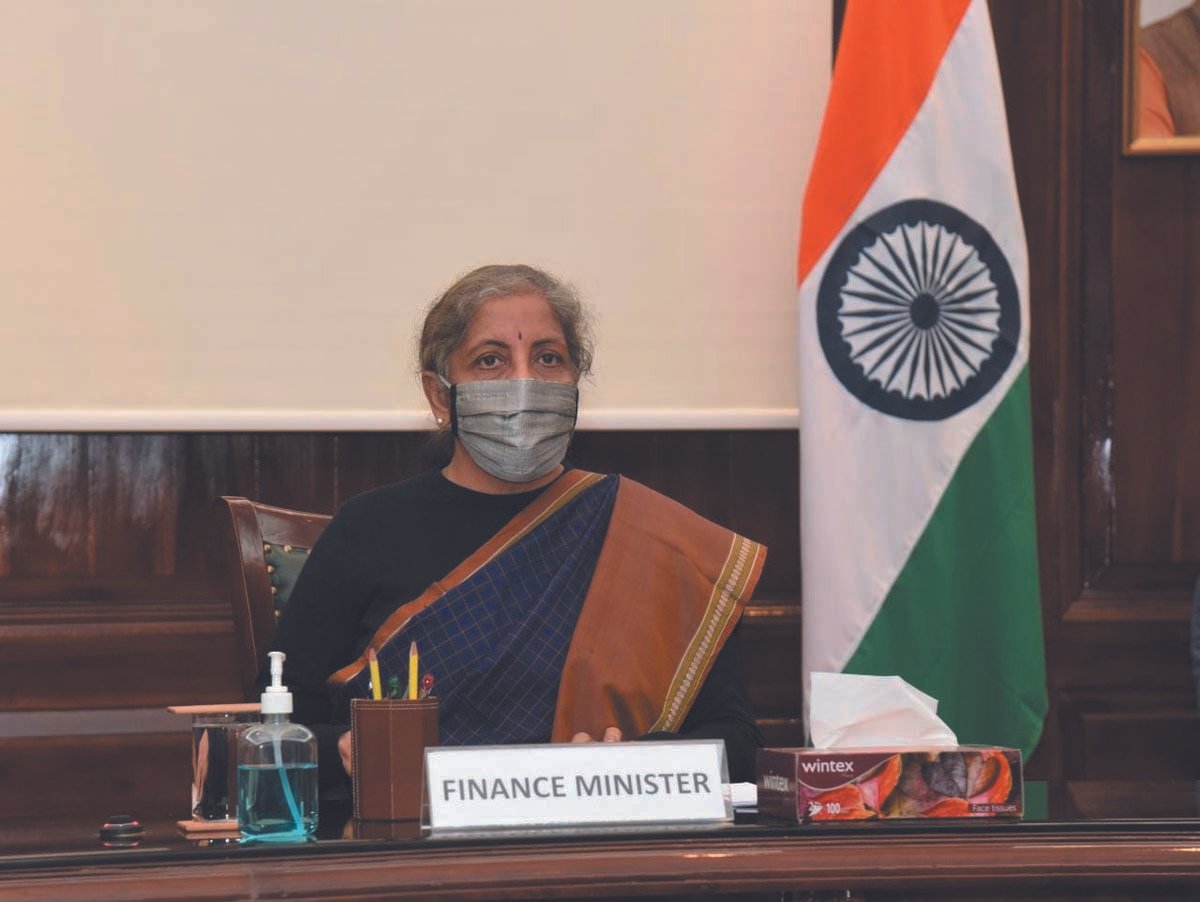


Report By
View Reporter News